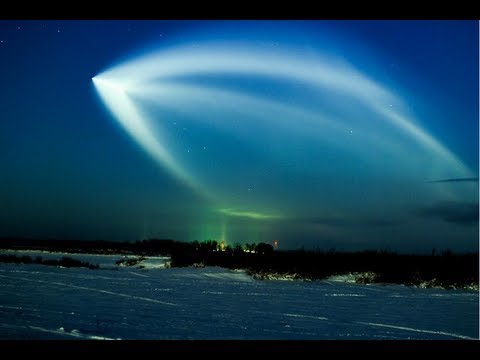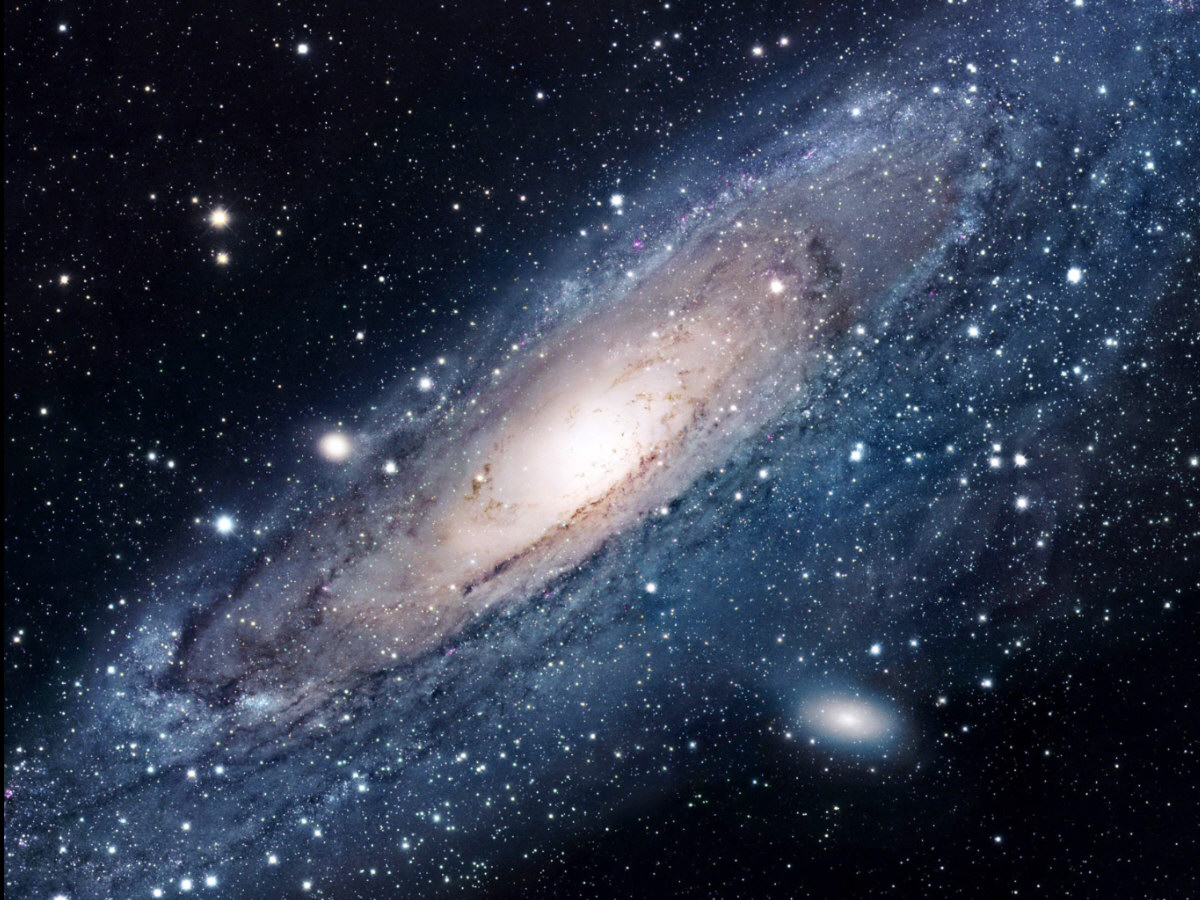the WORLD-Cultural-heritage in2025 DAS WELTKULTURERBE
Unterschiedliche Arten von Galaxien
Auszug aus dem Internet
Free English translation you may find below!
Lübeck, 1. Juli 2022
Es gibt verschieden Arten von Galaxien im Universum. Der Astronom Edwin Hubble (63, †1953) war derjenige, der Galaxien zuerst in verschiedene Typen einteilte. Nach ihm wurde das Hubble-Weltraumteleskop benannt, das von der NASA und der ESA entwickelt wurde.
Das sind die Galaxientypen:
Spiralgalaxie: Die Spiralgalaxie ist flach wie eine Scheibe und spiralförmig. Sie hat mehrere Arme, die sich im oder gegen den Uhrzeigersinn um ein gemeinsames Zentrum drehen. Im Zentrum befindet sich eine wulstige Verdickung, die „buldge“ genannt wird. Dort bewegen sich die Sterne auf unregelmäßigen Bahnen. Mehr als die Hälfte aller Galaxien sind Spiralgalaxien.
Balkenspiralgalaxie: Die Balkenspiralgalaxie ähnelt der Spiralgalaxie. Sie ist ebenfalls flach, spiralförmig und hat mehrere Arme. Das Zentrum ist jedoch länglich und hat die Form eines Balkens.
Man zählt die Milchstraße zu den Balkenspiralgalaxien.
Elliptische Galaxie: Die elliptische Galaxie gehört zu den größten Galaxien im Universum. Sie hat keine konkrete innere Struktur. Die Sterne sind mehr oder weniger gleichförmig über die ganze Galaxie verteilt. Nur in der Mitte befinden sich mehr Sterne. 
Ein Viertel der Galaxien sind elliptische Galaxien.
Irreguläre Galaxie: Die Irreguläre Galaxie hat keine konkrete Struktur. Nur circa vier Prozent der Galaxien sind irreguläre Galaxien.
Zwerggalaxie: Die Zwerggalaxie ist eine vergleichsweise kleine Galaxie. Sie hat einen Durchmesser von unter 20.000 Lichtjahren. Die Zwerggalaxie kommt als Spiral-, Balken-, irreguläre und elliptische Galaxie vor.
 Eines haben alle Varianten von Galaxien jedoch gemeinsam: in ihrem Zentrum befindet sich aller Wahrscheinlichkeit nach ein schwarzes Loch. Es sorgt dafür, dass der Sternhaufen zusammenhält, ansonsten würden alle Himmelskörper sich mit der Ausdehnung des Universums voneinander wegbewegen.
Eines haben alle Varianten von Galaxien jedoch gemeinsam: in ihrem Zentrum befindet sich aller Wahrscheinlichkeit nach ein schwarzes Loch. Es sorgt dafür, dass der Sternhaufen zusammenhält, ansonsten würden alle Himmelskörper sich mit der Ausdehnung des Universums voneinander wegbewegen.
Durch die Rotation sorgen sie teils auch für die atemberaubend schönen Formen, wie beispielsweise bei der Spiralgalaxie. die Sterne im inneren bewegen sich mit einer höheren Geschwindigkeit, und sind daher denen in den äußeren Bereichen voraus, dadurch entsteht der Wirbel.
DIFFERENT TYPES OF GALAXIES
EXCERPT FROM THE INTERNET
Free English translation
Luebeck, 1 July 2022
There are different types of galaxies in the universe. The astronomer Edwin Hubble (63, †1953) was the one who first divided galaxies into different types. The Hubble Space Telescope, developed by NASA and ESA, was named after him.
These are the galaxy types:
Spiral galaxy: The spiral galaxy is flat like a disk and spiral in shape. It has several arms that rotate clockwise or counterclockwise around a common center. At the center is a bulging thickening called a "buldge". There, stars move in irregular orbits. More than half of all galaxies are spiral galaxies.
Barred spiral galaxy: The barred spiral galaxy is similar to the spiral galaxy. It is also flat, spiral, and has multiple arms. However, the center is elongated and has the shape of a bar.
One counts the Milky Way to the barred spiral galaxies.
Elliptical galaxy: The elliptical galaxy belongs to the largest galaxies in the universe. It has no concrete internal structure. The stars are more or less uniformly distributed over the whole galaxy. Only in the center there are more stars.
One fourth of the galaxies are elliptical galaxies.
Irregular galaxy: The irregular galaxy has no concrete structure. Only about four percent of the galaxies are irregular galaxies.
Dwarf galaxy: The dwarf galaxy is a comparatively small galaxy. It has a diameter of less than 20,000 light-years. The dwarf galaxy occurs as spiral, barred, irregular and elliptical galaxies. 
However, all variants of galaxies have one thing in common: in their center there is in all probability a black hole. It ensures that the star cluster holds together, otherwise all celestial bodies would move away from each other with the expansion of the universe.
By the rotation they provide partly also for the breathtakingly beautiful forms, as for example with the spiral galaxy. the stars in the inner move with a higher speed, and are therefore ahead of those in the outer areas, thereby the vortex develops.


